Mitali Perkins is an old friend and a remarkable, spiritually aware writer. She writes about living between cultures and is particularly sensitive to the realities of race, ethnicity, and identity. About one of her many books, The Not-So-Star-Spangled Life of Sunita Sen, Publisher's Weekly says: "Perkins combines her fresh, unaffected prose with moving bits of Indian poetry and lore, rendering this well-thoughtout investigation of cultural identity doubly moving . . . A funny, honest, and homsepun story." In a comment on my recent post, Mitali says, "I spent the day today on a soul care Advent retreat and found myself once again in upper middle class white educated company. Could you point me in the direction of some reading that explores these spiritual practices for the poor, the oppressed, the uneducated? I certainly hope that the contemplative life these days isn’t a luxury enjoyed only by the (relatively) rich and powerful."
She puts her finger on an important question. Is the contemplative life a luxury enjoyed only by the relatively rich and powerful?
It's most definitely not a luxury for the few. Here's why . . .
In the West (and Westernized parts of the world), contemplative practices are in vogue. Stressed Western people are looking to contemplative practices for relief and enlightenment. These seekers practice things like yoga and read teachers like Tolle (not bad things). Many of them are white, upper-middle class disaffected Protestants. There are also large numbers of seekers from the affluent, “spiritual but not religious” tribe. Non-whites are increasingly among them as affluence shifts away from white America. Those seeking relief and enlightenment are responding to the bankruptcy of the Modern period. Modernity gave them ideas, but no real inner life. And so the affluent, who can afford therapists and chic conferences and retreats like the one Mitali attended, are also seeking a recovery of the contemplative life that sustained much of the world’s cultures for millennia.
So, we’re witnessing the awakening of the West and Westernized to the perennial Wisdom traditions. The chief practice in those traditions–whether those nurtured by the Buddha, Plato, Rumi, native shamans, the sages of Israel, and of course, Jesus—was the practice of contemplation, the inner eye, the prayer of the heart.
(to be continued tomorrow . . . )
